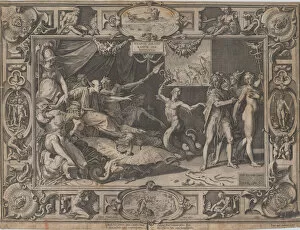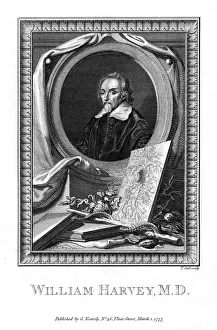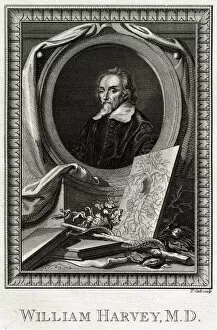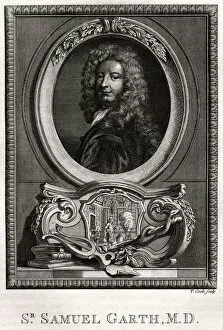Staff Of Asclepius Collection
"The Staff of Asclepius: A Symbol of Healing and Wisdom" The Staff of Asclepius, often mistaken for the Caduceus
All Professionally Made to Order for Quick Shipping
"The Staff of Asclepius: A Symbol of Healing and Wisdom" The Staff of Asclepius, often mistaken for the Caduceus, holds a significant place in history as a symbol associated with healing and wisdom. Originating from Greek mythology, it is named after the god of medicine himself, Asclepius. In Giovanni Battista Tiepolo's masterpiece "The Philosopher, " we catch a glimpse of the staff's influence on ancient philosophers. The intricate details showcase their reverence for knowledge and enlightenment. Moving forward to Tiepolo's "Scherzi" series, we witness magicians and boys engaging with the staff. This hints at its mystical qualities that captivated even those who dabbled in magic during the 18th century. One cannot ignore "Satyr Family with the Obelisk, " where Tiepolo depicts an enchanting scene featuring the staff. Its presence suggests that healing extends beyond physical ailments; it encompasses emotional well-being too. As we delve deeper into history, Cornelis Cort's "The Calumny of Apelles" showcases how this symbol transcended time. Here, we see individuals falsely accused seeking solace under its protective aura—a testament to its enduring power. Fast forward to Johannes Endletzberger's greeting card from ca. 1825—its inclusion signifies how deeply ingrained this symbol became in popular culture throughout various art forms over centuries. Notably different but still relevant is Thomas Cook's portrayal of William Harvey—an esteemed medical doctor holding his own version of the staff in 1777. It highlights how physicians embraced this emblem as they sought to heal through scientific advancements. Sir Samuel Garth also dons Thomas Cook’s interpretation in his portrait from 1775—a tribute to his contributions within the medical field during that era. Lastly, Les Singuliers et Nouveaux Portraicts' page from 1588 immortalizes this iconic symbol, reminding us of its historical significance and the impact it had on society.











